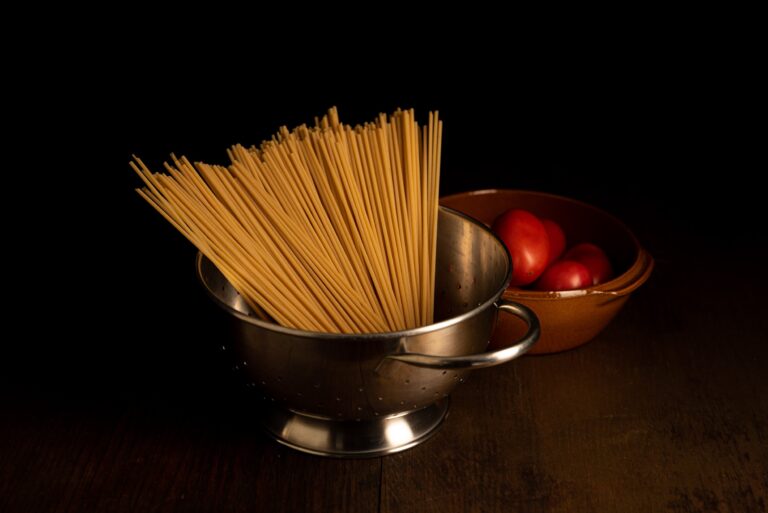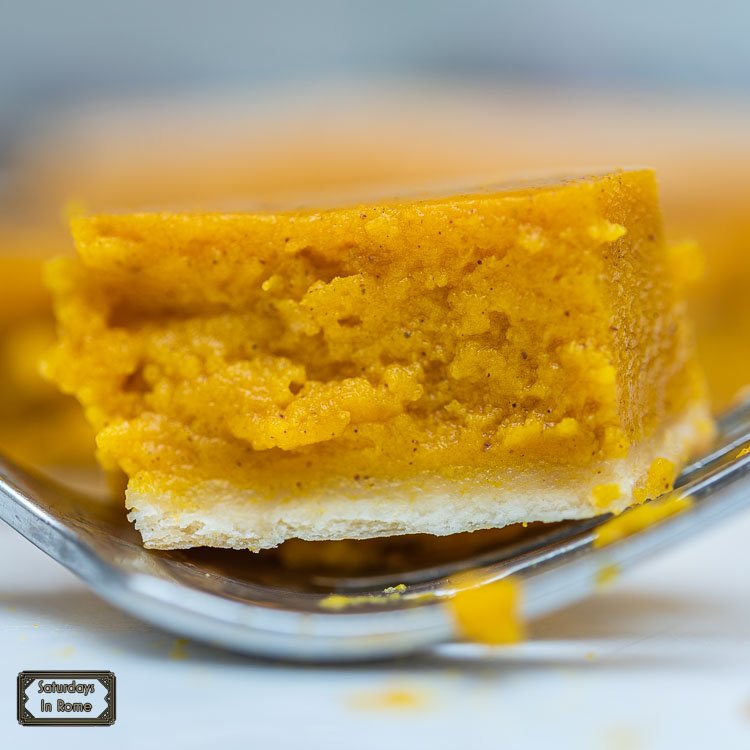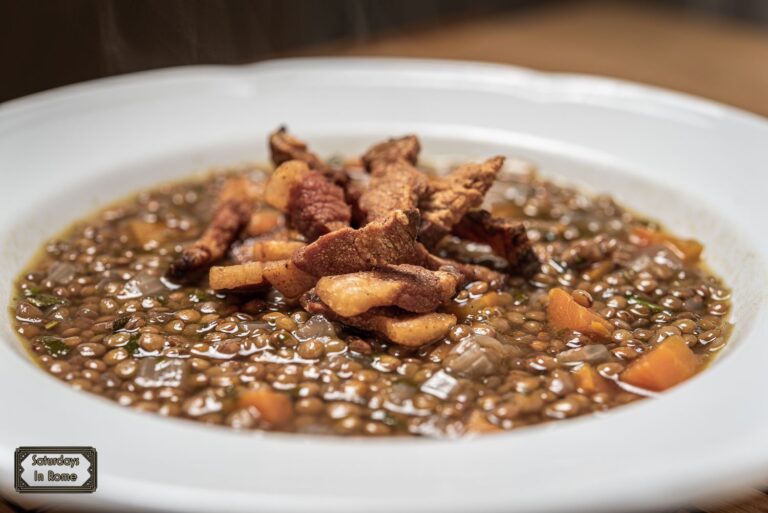These Italian Melanzane Recipes Are Delicious And Easy
These Melanzane recipes, known as Eggplants in the US, are popular across Italy and a new favorite of mine because of how delicious and versatile they are.
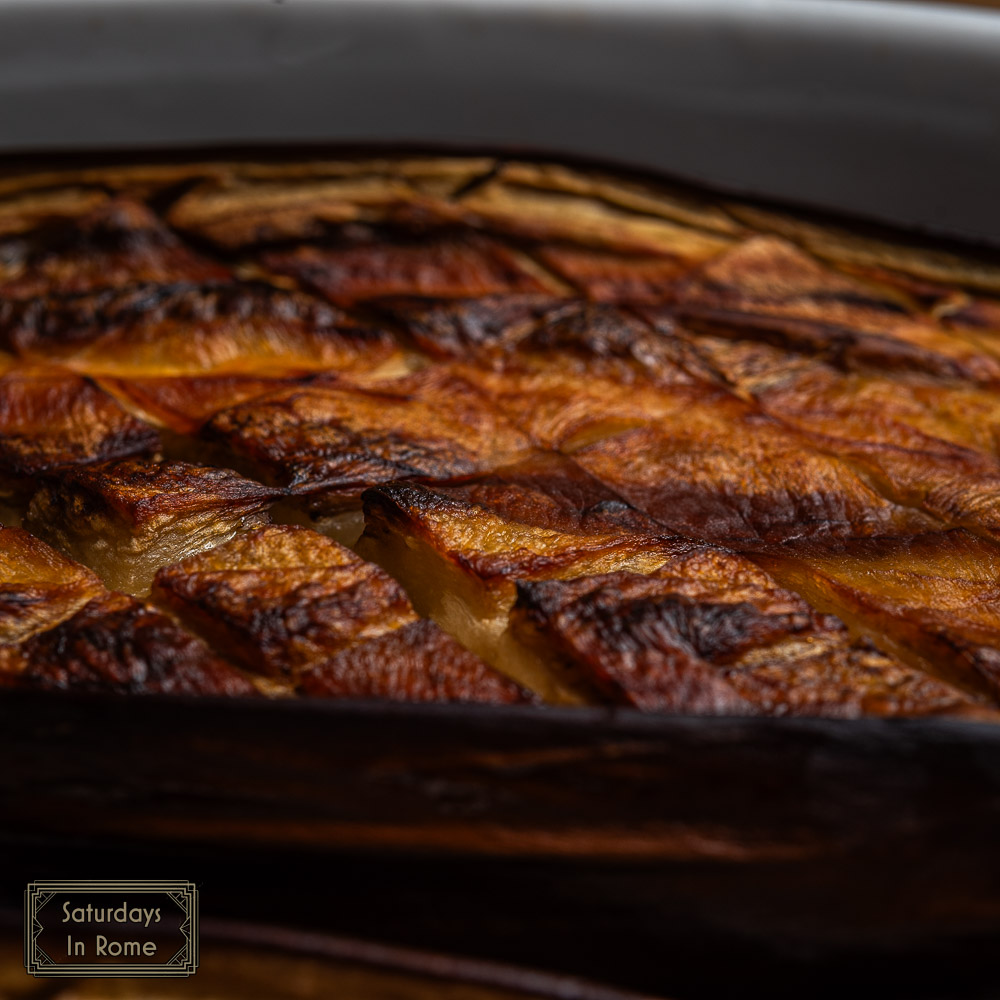
What Is Melanzane In Italy?
Summer in Italy gives us an array of amazing fruits and vegetables, like: eggplants, peppers, zucchini, tomatoes, just to name a few. I wanted to focus on eggplants, known as melanzane in Italy, which are definitely very versatile and you can create incredible dishes with them. Perfect for adding to a pasta sauce, delicious fried, irresistible as a side dish or appetizer, they are always very welcome.
Need Help Planning?
- Cheap Flights: Find The Most Affordable Flights.
- Accommodations: From 1 to 5 Stars And More.
- Car Rentals: Affordable Travel Across Italy.
- Sightseeing Tours: Explore Some Amazing Tours.
- Buying An eSIM: Stay Connected In Italy.
This post includes affiliate links.
Eggplants yes, but which ones? There are different shapes, sizes and colours. How do you choose the specific one so that a recipe is perfect? We’ll tell you! In fact, when we go to the greengrocer or supermarket to do the shopping, there are different types and we are not always able to orient ourselves. This mini guide will help you in times of doubt!
What Are Nightshades?
The eggplant whose scientific name is Solanum melongea and is part of the Nightshade family known as: Solanaceae. Eggplant, or Melanzane in Italian, is a typical ingredient of Mediterranean cuisine and widely used in Italy, especially in the south. It goes well with almost everything and it can be used in a thousand different ways. It can be roasted, fried or sautéed and I’ll include some example recipes below.
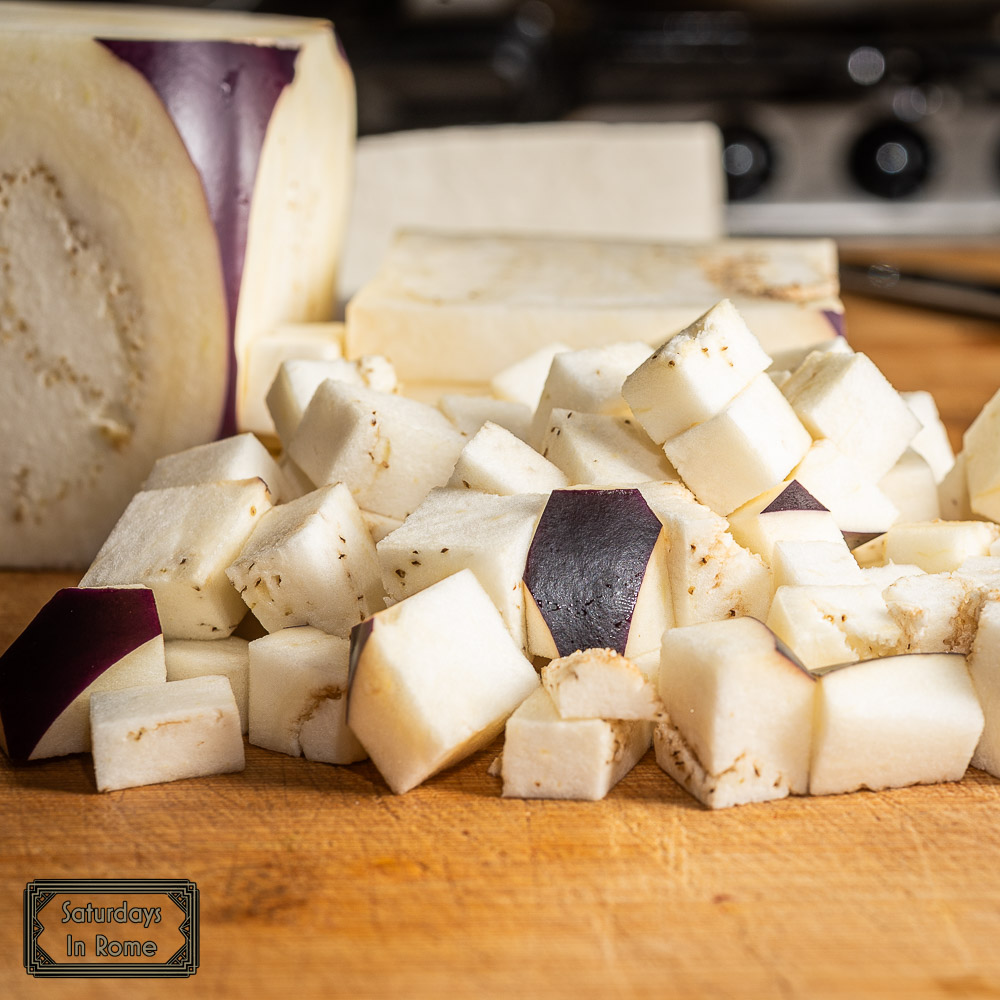
Are Eggplants Fruits Or Vegetables?
Eggplants, and most nightshades, are vegetables. In addition to eggplants, the nightshade family includes some other very common vegetables, like: potatoes, tomatoes (I know, tomatoes are a fruit), chili peppers and bell peppers. Interestingly, in addition to some of my favorite foods, the nightshade family also includes tobacco. I guess they can’t all be winners.
What Are The Advantages Of Eating Eggplant In These Melanzane Recipes?
There probably aren’t many health benefits to eating eggplant since it is approximately 92% water with very few essential nutrients. From a culinary standpoint, there are plenty of advantages to eating eggplant. These include:
- The subtle taste of eggplant won’t overpower a dish and can pair well with almost anything.
- It is like a sponge, in that it absorbs anything you cook with it, so it can easily take on the sweet and sour flavors of a Sicilian Caponata.
- These are pretty inexpensive, so you won’t break the bank adding them to your recipe box.
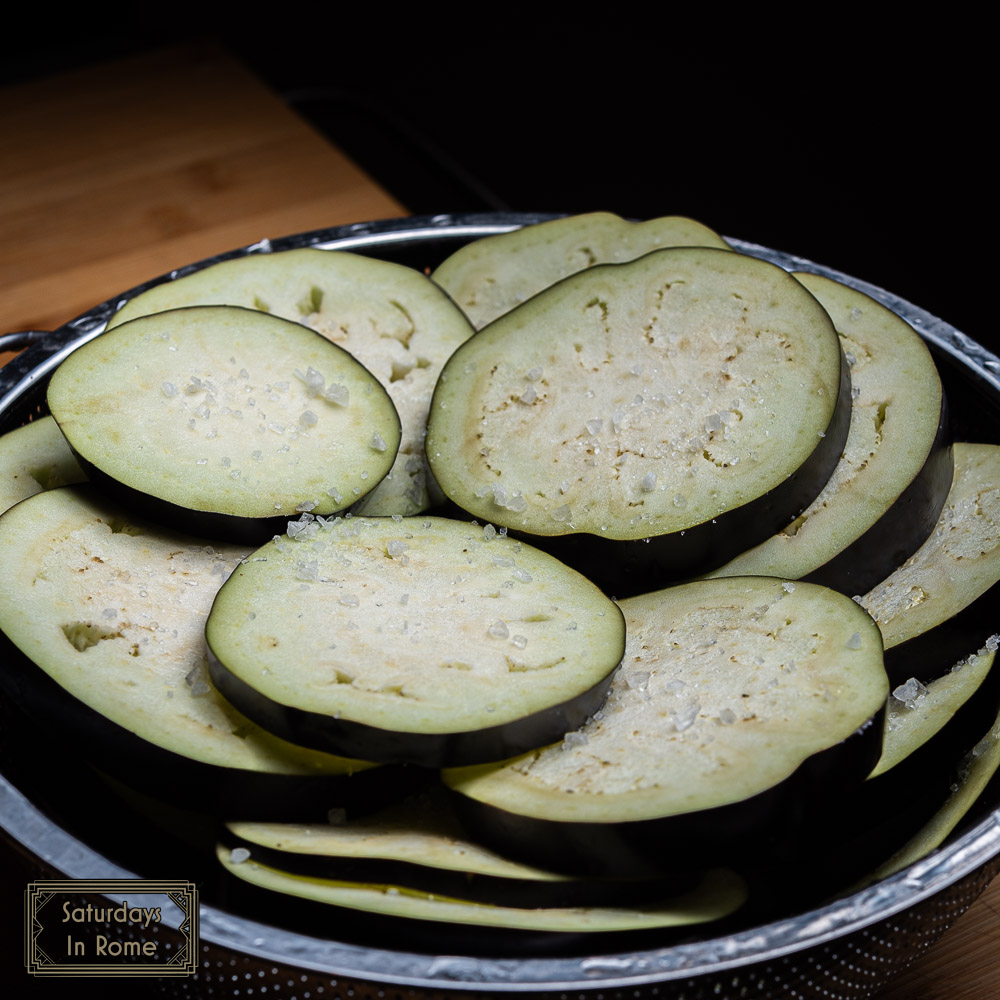
How Long Does Melanzane Keep?
Not long. I buy mine from a produce stand near our house and it can last at room temperature for only 2 or 3 days. In the refrigerator you might get an extra day out of it. Be careful because eggplants begin to go bad from the inside and you won’t really notice until you cut into them.
What Are The Different Preparation Methods For Eggplant?
Eggplant does need some preparation when adding it to a dish because it can turn into a pile of mush if not cooked correctly. Sometimes mush is what you are looking for, like when I made the Polpette di Melanzane recipe, but usually you want it more firm.
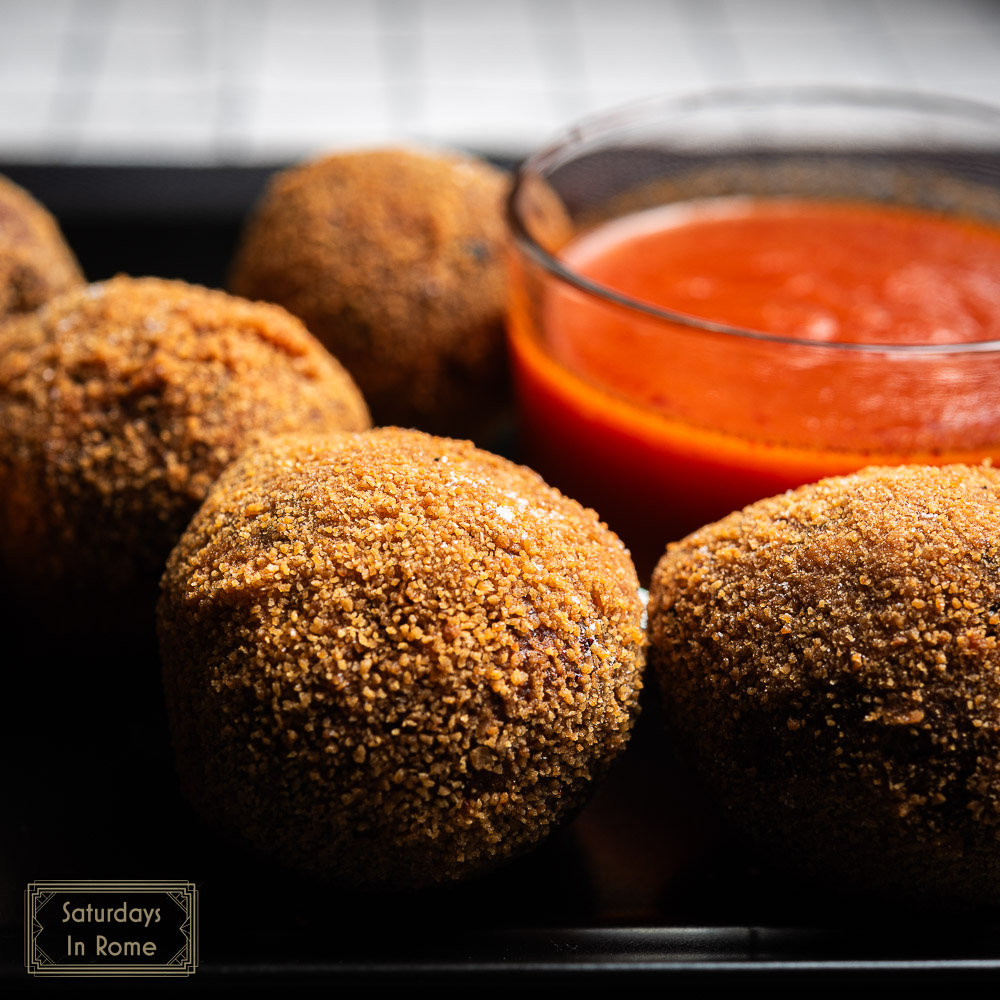
Why Do You Soak Eggplant Before Cooking?
I have seen recipes, not Italian, that recommend brining or soaking eggplant to add flavors, but I wouldn’t recommend it unless you are directed by a specific recipe. Raw melanzane is like a sponge and absorbing that much water wouldn’t be a good idea, in my opinion.
What you should consider is: Purging. This is a process of slicing the eggplant and sprinkling with salt, and then letting it rest under a weight to purge itself of as much water as possible. This will result in a firmer flesh for both frying and sautéing.
Is Sautèing Melanzane Popular?
Yes, sautéing is a popular preparation method. This method is used in one of my favorite recipes, Sicilian Caponata, which is a sweet and sour eggplant relish. I would recommend trying to brown the slices or cubes of eggplant to maintain as much firmness as possible.
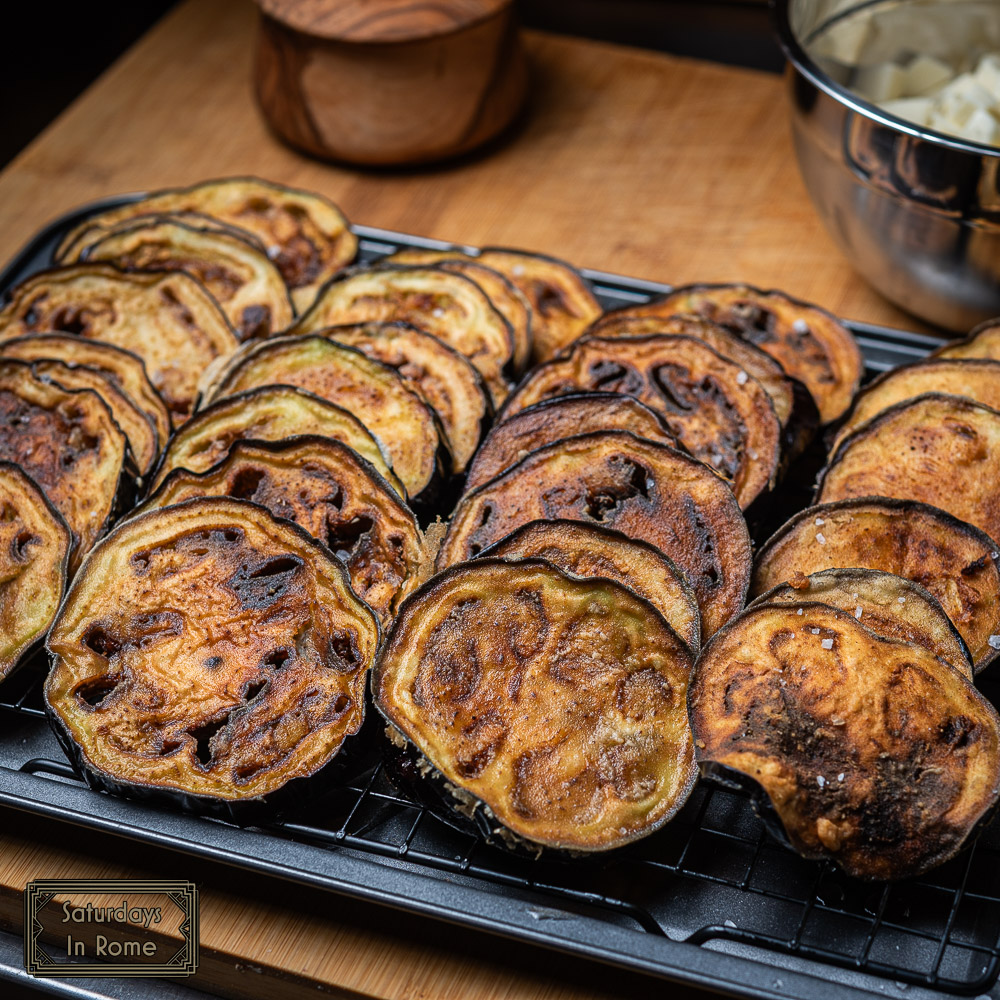
Can you Microwave Eggplant?
Yes, but it weirds me out a bit. I had a recipe that called for microwaving cubed eggplant pieces for quite a while to try to steam out as much water as possible. It didn’t work that well and it just seemed wrong, so I will continue with purging, frying or sautèing my melanzane.
Do You Need To Peel Eggplant?
This depends on the recipe, but usually I would say no. Keeping the peels on the eggplant will help maintain the form of the pieces. Without the skin, even though it is thin, it will turn into mushy pieces, unless that is the intention. For example, when I made the Eggplant Meatballs, you want to turn the eggplant into mush before adding the bread and cheese, so I scraped the roasted eggplant away from the skin after spending an hour in the oven on high heat.
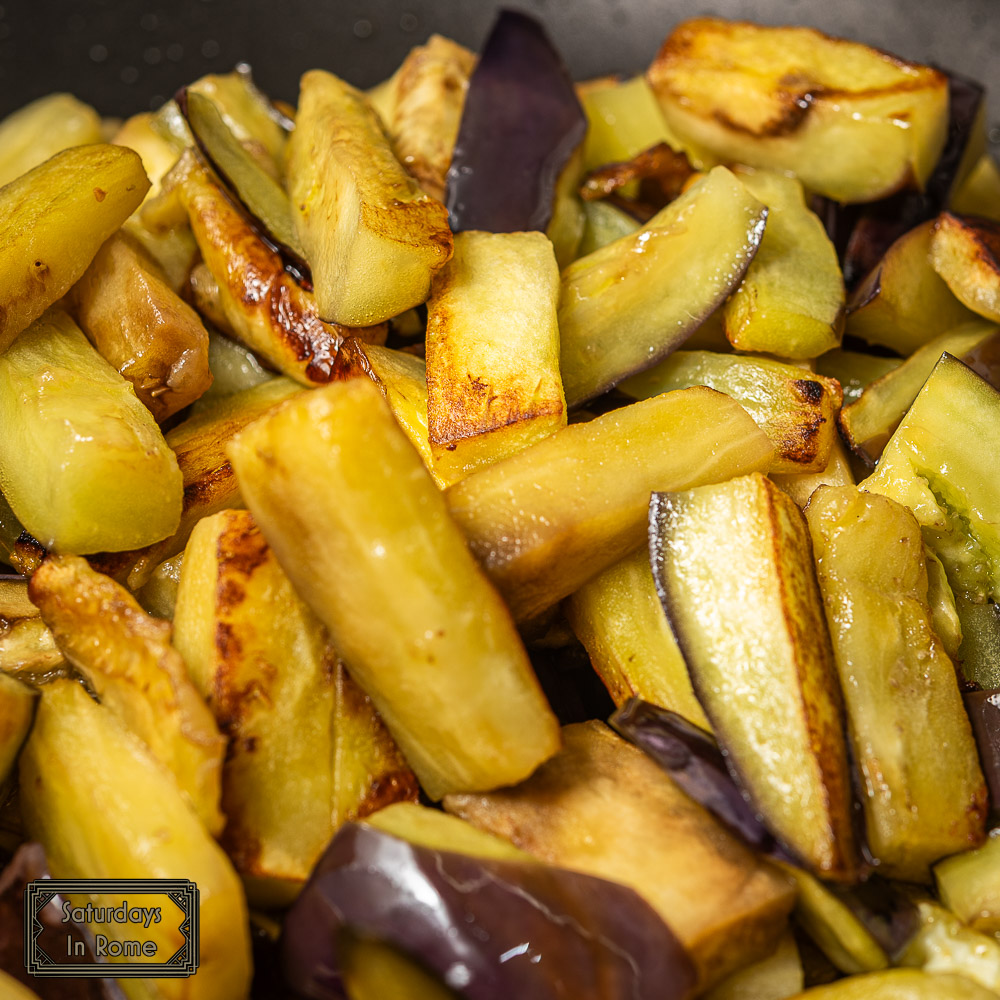
Are There Different Types Of Eggplants?
Yes, there are, and depending on the recipe you want to make, you can decide which you want based on the shape. If we need the pulp, for example, we can choose the fat round ones, but if we need to cut it into chunks or slices, the long one is preferable.
The most common eggplants are the black oval, which is the most widespread of all varieties. It has Sicilian origins and not surprisingly Sicily is one of the Italian regions that uses it the most. It is perfect when it is fried because it has a nice pulp with very few seeds and because of this, it is perfect to cut into slices and fry to make the famous parmigiana.
Italian Melanzane Recipes That Might Interest You
Eggplant is a great vegetable and easy to cook with, so if you enjoyed this guide to Melanzane recipes, here are some of the fantastic recipes mentioned that you might want to try:
- Polpette di Melanzane Are Delicious Eggplant “Meatballs”.
- This Authentic Pasta Alla Norma Recipe Is Easy And Delicious.
- This Sicilian Eggplant Caponata Recipe Is An Easy Favorite.
- This Traditional Eggplant Parmigiana Recipe Is Delicious.

